Search Results for 'Ein Concannon'
27 results found.
Claddagh Swans - a new multimedia ballet
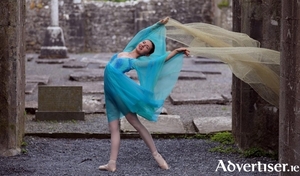
CLADDAGH SWANS, a new classical ballet fused with contemporary dance, and inspired by the swans at Nimmo’s Pier, will be performed this weekend.
The Fishmarket
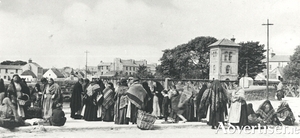
The village of the Claddagh was a unique collection of thatched houses arranged in a very random fashion, occupied by a few thousand souls. They had their own customs, spoke mainly in Irish, intermarried each other, had their own code of laws, and elected their own king. He was quite powerful in many respects and usually solved local disputes. Claddagh people rarely went outside the village to courts of justice. Virtually the entire male population was involved in fishing, but when they landed their catch, it was the women who took over. They were the members of the family who went out and sold the product.
Are you still dreaming of the Claddagh?
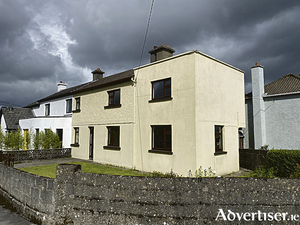
It is not difficult to see why the Claddagh has now become one of Galway’s most sought after areas for both investors and homeowners, as every convenience is literally on the doorstep from the Salthill Promenade to the city centre. Having already sold a number of houses in the Claddagh this year, all for record prices, Don Colleran has just been favoured with yet another, this time only 200 metres from the River Corrib and Galway Bay.
Claddagh Parade, c1910
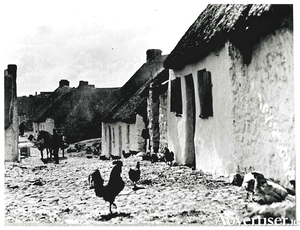
An article that appeared in The Irish Times on January 7, 1861, was lifted from the Galway Press and started as follows: “Twenty years ago, this fishing village, for which outdoor relief is now deemed necessary, was the greatest source of profit and employment to the people of Galway. It was the wealth producing quarter of the town, and not alone the town of Galway, but many parts of the interior of Ireland felt the benefit of the successful industry of the Claddagh fishermen. The harvest fishing season, which began in August and ended in November, produced a very large accession of wealth to the country. The number of cadgers leaving the town for the interior averaged about 150 daily, and whilst these peripatetic dealers in fish were thus numerously employed, the foremost merchants we had were occupied in filling their stores with herrings, and even the Fishery Board on some occasions were known to barrel large quantities. So abundant frequently was the take that all the cargoes of salt provided by the importers of that article did not suffice, and it had to be brought overland from Limerick and other places.”
Colleran’s offers something extra special in The Claddagh
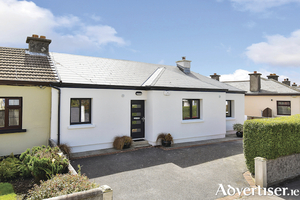
Finding a bungalow in Galway city is difficult, finding a bungalow in turnkey condition in one of Galway's most sought after areas is rarer still. The queue outside No 6 St Dominick's Road, The Claddagh, on Saturday gave some indication of the interest Colleran auctioneers has in this stunning bungalow.
The last boat to use the canal
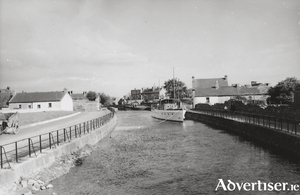
On March 8, 1848, work was started on the Eglinton Canal. The Harbour Commissioners had been anxious to develop the New Dock. There were about 300 boats in the Claddagh and the amount of seaweed landed for manure in the spring of 1845 was 5,000 boat loads, averaging three tons each. The seaweed factory had been moved up to ‘The Iodine’, so the work on the canal was vital. It would allow boats to go from the Claddagh Basin up to the lake, boats from Cong and Maam to get to the sea, and improve the mill-power on the Galway River.
300 year old Claddagh Ring comes home to Galway

The oldest known Claddagh Ring, dating from the 1700s and created by Richard Joyce, a member of the Joyce family - one of the Twelve Tribes of Galway - is coming home to the city.
Superb home in The Claddagh
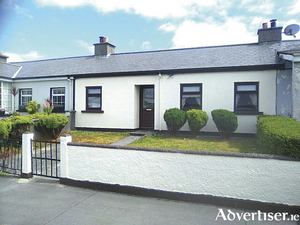
John Quinn is currently offering No 9 St Dominick’s Road, The Claddagh, a terraced three bed bungalow which has double glazed windows, off street parking to the front, private garden to the rear, excellent sitting room, kitchen fully fitted, and bathroom with shower, wc, and whb.
New Claddagh exhibition at Galway City Museum
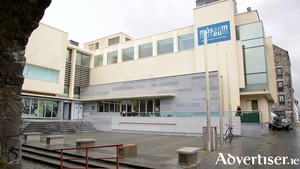
An exhibition of paintings, sketches and photographs of the Claddagh and the Fishmarket at the Spanish Arch opens at the Galway City Museum today (Thursday).
The ‘Green Grass’ in The Claddagh
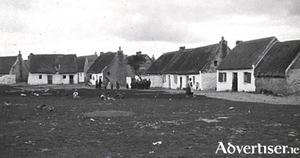
This photograph of ‘The Green Grass’, also known as ‘The Big Grass’, in The Claddagh was taken on July 29, 1914. It was taken from roughly where the Claddagh Hall is today. There was a wide expanse of grass off to the left towards where South Park is today. In the early days parts of it were tidal, the tide would come in here in the form of a series of streams. In Peadar O’Dowd’s wonderful book Down By The Claddagh, there is an image of this area with a very large stream in the foreground. These streams were gradually filled in, thus creating the kind of surface we see in the photograph. There were occasional sandy patches visible on the grass.

